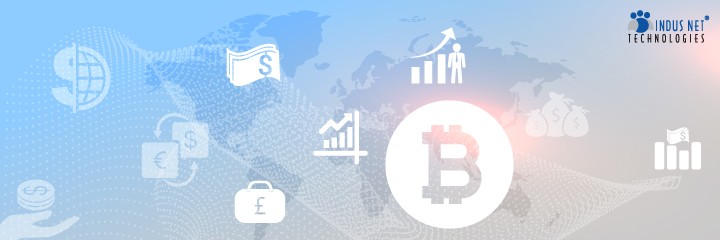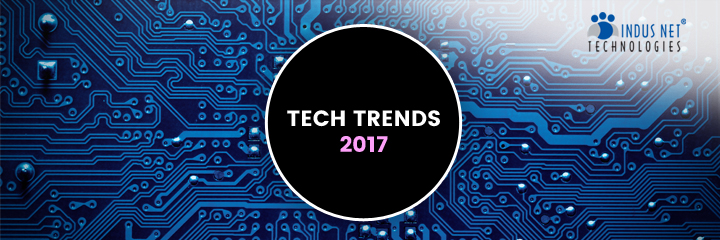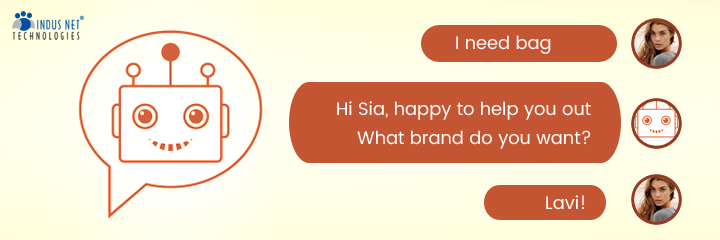
How Chatbots are Changing the Insurance Industry?
Chatbots are the new holy-grail of augmenting customer engagement and brand presence. They are proving to be very useful in most industries including the insurance industry. With the help of intuitive chatbots, insurance companies are able to explain complex products to their customers, drive brand engagement, and improve sales and distribution. The retail insurance companies have low revenue per customer and the majority of them have an email or IVR based phone network for customer service. Thus, providing a personalized experience instantly becomes a struggle leading to high dissatisfaction. In the Chabot Customer Readiness Index published in 2017 by PWC, they highlighted that the current impact of a chatbot is pretty low as the industry is yet to accept it completely. However, they also highlighted that the ability of chatbots in handling user information and providing instant help about insurance claims and approvals assures that the future is significantly bright. Here, we have covered some of the insurance companies which have already implemented chatbots to manage their operations efficiently. 1. NEXT Insurance California-based insurance company, NEXT Insurance has launched an insurance chatbot on Facebook Messenger with which small businesses can get quotes and buy insurance. The insurance company partnered with insurance software development SmallTalk to tailor the attributes of the chatbot. The chatbot can provide tailored insurance policies which match small business owners’ needs. The chatbot gives quick and precise responses which drive customer engagement. 2. Lemonade New York City-based peer-to-peer (P2P) online insurance firm Lemonade is becoming prominent in the InsurTech space as the company heavily relies on its app-based chatbot Maya and Jim which are alter-egos of the company’s real-life employees, Maya and Jim. Backed by Artificial Intelligence, the chatbots can craft personalised insurance for customers right in the Lemonade app. The chatbot responds quickly to every type of customer query. Customers can enter the details of belongings that have been stolen or lost for getting their claim approved in no time – the whole process is carried out by the AI-guided chatbots. 3. Trov Trov is the first on-demand insurance for personal items such as electronic gadgets, home appliances, sports equipment, and musical instrument. Trov is based on the mobile platform and is a platform for larger insurers. The company has integrated a chatbot in their app which handles customer query and claims. Prior to validating the claim, the chatbot asks customers about the incident. And after accepting the claim, item(s) are either replaced, repaired or provide reimbursement to the users. 4. Bajaj Allianz General Insurance Co. Ltd The insurance sector in India is adapting fast to new technologies. Bajaj Allianz General Insurance Co. Ltd, a private general insurance company (a joint venture between Allianz SE and Bajaj Finserv Limited) has rolled out a chatbot named “Boing.” Boing has been designed to offer 24/7 customer assistance by responding to customer queries. The chatbot is at its initial stage and has an easy to use interface. The chatbot can currently address queries such as Registering a motor claim Locating workshop Locating Branch Locating Hospital Checking claim status Checking policy status Boing currently is active on the company’s official website. 5. GEICO American auto insurance company, GEICO (The Government Employees Insurance Company) had rolled out a new “virtual assistant” (which is basically a chatbot). The chatbot, called “Kate,” is available through the company’s mobile app. Kate allows customers to get their questions answered quickly, view billing information, and inquire about policy coverages. Apart from answering queries, Kate can even help customers navigate the GEICO mobile app. The chatbot is available 24/7. 6. ICICI Lombard General Insurance Ltd ICICI Lombard General Insurance has launched a chatbot platform known as MyRA which has been designed to answer customer queries regarding insurance policy proposals. Through the chatbot, the company can now answer customer queries in real-time. With the use of Artificial Intelligence, the company is now able to automate the query management process without human intervention. Since its launch, the chatbot has come as a great help to over 60,000 customers as it has been utilized in almost 4000 cases. MyRA also allows customers to compare products which make it easy for customers to make better decisions. If the chatbot is unable to address customer queries, then it transfers the chat to a customer care executive. 7. Birla Sun Life Insurance Birla Sun Life Insurance (BSLI) is the first insurance company in India to launch a chatbot. The chatbot is known as Disha and it has been designed to communicate with customers in a natural way to provide an enhanced customer experience. The chatbot can help customers with their basic needs, issues, and obtain instant premium quotes. With a personal interface, BSLI’s chatbot is faster and makes query-solving interesting. Customers can enter their query either through the menus (which the chatbot shows) or by typing messages. The chatbot is available 24/7and customers can access it through various platforms including the desktop website, mobile, and Facebook. 8. Insurify Online car insurance shopping platform Insurify has leveraged social media and Artificial Intelligence by implementing an intuitive chatbot (“virtual insurance agent” as they call it) on Facebook Messenger. The chatbot can help customers compare car insurance quotes from top companies. The chatbot can match the right coverage package for customers according to their needs. The virtual insurance agent even monitors rates and let customers know about the best deals. Best of all, it is available 24/7. 9. Excalibur Insurance Excalibur Insurance has integrated a chatbot named “Aiden” which appears on the home page of the insurance firm’s website. According to the CEO and president of Excalibur Insurance, Jeff Roy, the acronym “AIDEN” stands for “Artificial Intelligent Digital Excalibur Navigator.” The chatbot has been designed to help customers navigate the website 24/7. Apart from being able to handle multiple customers at once, AIDEN also provides consistent service. Jeff Roy foresees the future iterations of the chatbot as “Robo-advisors.” 10. GetInsured California-based health insurance company GetInsured has launched a chatbot that works on Facebook Messenger. The chatbot has been designed to help the customers







